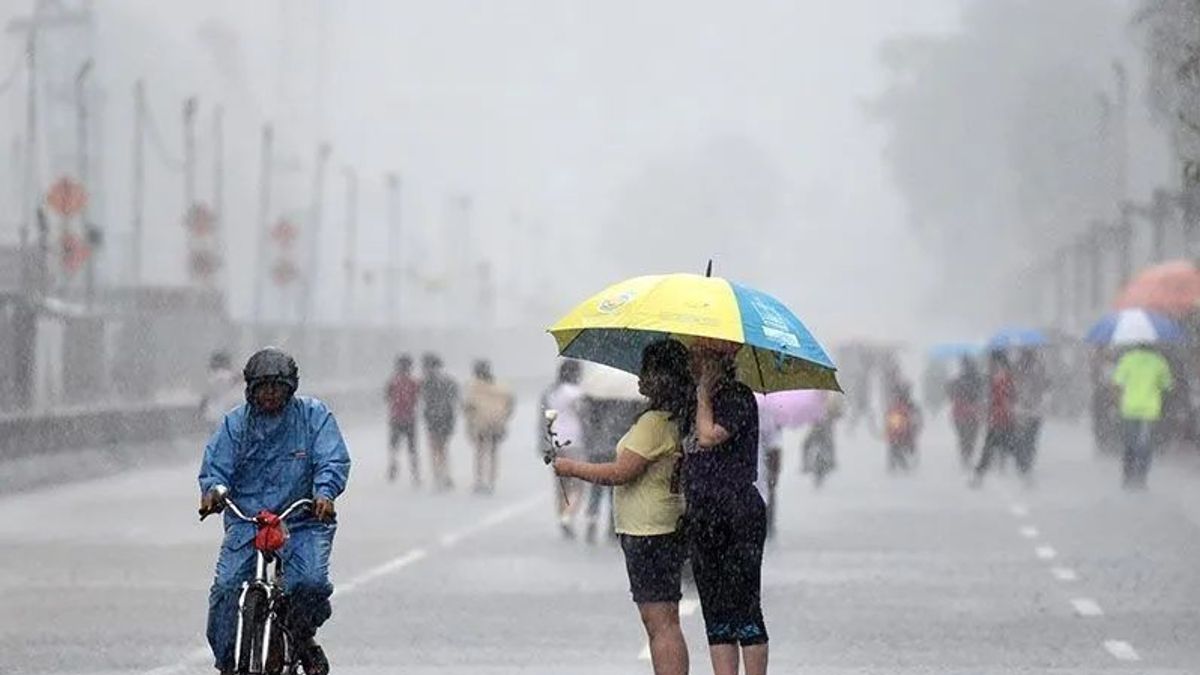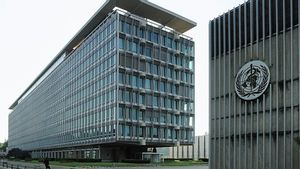JAKARTA - Head of the Meteorology, Climatology and Geophysics Agency (BMKG) Dwikorita Karnawati said the rainy season is predicted to occur until the end of March 2025.
"The rainy season is predicted to end until March, the end of March 2025, and April it is the transition from the rainy season to the dry season. Well, then the peak of the rainy season in most parts of Indonesia occurs from January to February, so that currently it is still facing the peak of the rainy season," he said as quoted by ANTARA, Wednesday, February 5.
Therefore, he appealed to the public to remain alert to the potential for extreme weather that is still repeated and almost evenly distributed throughout Indonesia.
"Only the place is shifted, for example from Sumatra, from Jakarta, then to Central Java, to East Java, then later to Sulawesi, later return to Jakarta, so they will move from place to place," he said.
He also advised the public to continue to monitor the development of information weather on the official BMKG website, considering the dynamics of the weather that is rapidly changing.
"So we still have to be alert by continuing to monitor the development of BMKG information, this is because the weather dynamics are changing very quickly, so please monitor it so that it can adapt to formulating daily activities plans," he said.
He also mentioned that the weather forecast on the official BMKG website continues to be updated every hour, so that people can plan activities comfortably.
"By continuing to see the weather forecast, we will know in the next six days what the weather will be like every day. Every three hours, the weather can be known," he said.
Previously, Dwikorita also warned of the potential for an increase in the intensity of rain, resulting in extreme rain in West Java, in the period 2-7 February 2025.
"This is related to the presence of tropical cyclone seeds that have just appeared in the waters of the Indian Ocean, which may endanger shipping or the public either directly or indirectly," he said.
SEE ALSO:
Dwikorita also explained that currently most parts of Indonesia, including West Java, are still at the peak of the rainy season until the end of February or March, which is still influenced by the stronger and weaker muson winds from Asia accompanied by weak La Nina which is predicted to last until March-April.
Then, there is also the influence of Madden-Julian Oscillation (MJO) which is increasingly moving towards the central part of Indonesia and the impact of shouting cold air from the highlands in Asia or Siberian highlands.
The English, Chinese, Japanese, Arabic, and French versions are automatically generated by the AI. So there may still be inaccuracies in translating, please always see Indonesian as our main language. (system supported by DigitalSiber.id)


















